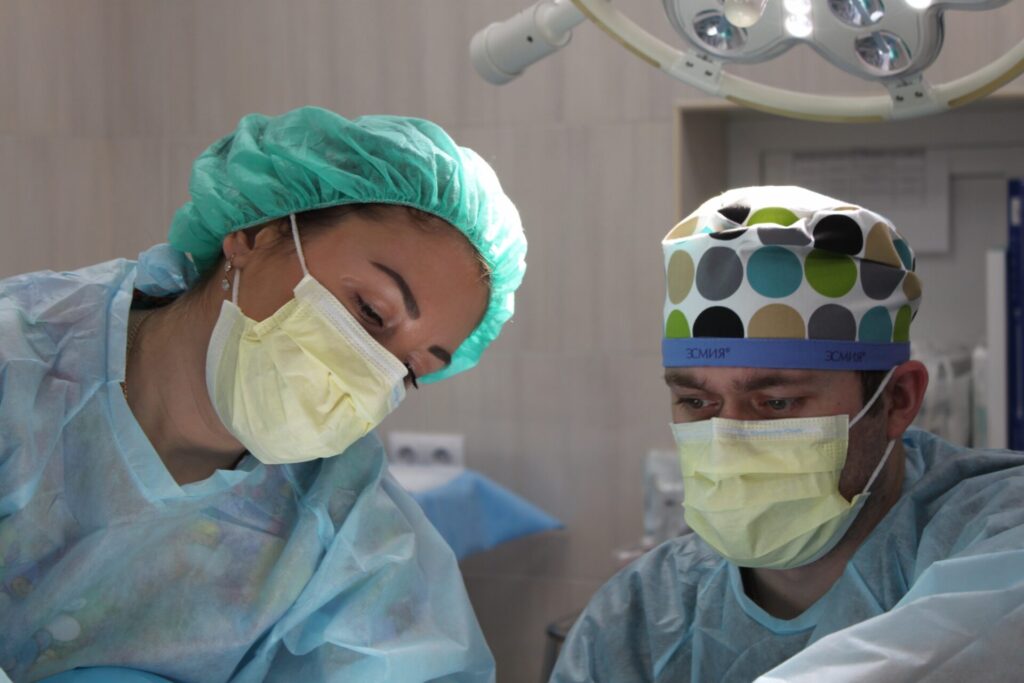How Physical Therapy Helps After Foraminotomy
Being told that you have a foraminotomy (a surgical procedure to enlarge the space around your spinal nerve root) can be both frightening and confusing. Physical therapy is an important part of recovery following a foraminotomy, as it provides exercise and stretching programs tailored to help reduce pain, restore mobility, and facilitate healing. Understanding what physical therapy can do for you post-surgery can provide much-needed reassurance during this challenging time. This blog post will cover the specifics of how working with a physical therapist following your surgery can help to make the process easier.
What is a Foraminotomy and Why is it Necessary
A foraminotomy is a surgical procedure that is performed to alleviate nerve compression in the spine. The procedure involves removing a small portion of the bone surrounding the foramen, which is the opening through which nerves exit the spinal canal and extend to other parts of the body. This type of surgery is typically recommended for patients who are experiencing symptoms of nerve compression, such as pain, numbness, or weakness. The goal of a foraminotomy is to relieve pressure on the affected nerve roots and reduce the patient’s pain and discomfort. This surgical procedure is typically considered a minimally invasive option that can be performed on an outpatient basis, allowing patients to return home the same day as the procedure.
The Role of Physical Therapy in the Recovery Process
Physical therapy plays a crucial role in the recovery process for individuals who have suffered from injuries or illnesses that have affected their movement and mobility. Physical therapists work with their patients to develop personalized treatment plans that address their specific needs and goals. These plans may include exercises to improve strength and flexibility, manual therapy to relieve pain and stiffness, and education on proper body mechanics and postural alignment. Through diligent and consistent physical therapy, patients are not only able to regain their physical function but also increase their overall quality of life. Physical therapy empowers individuals to take control of their health and recovery, giving them the tools they need to stay active and resilient in the face of any challenges.
Improving Mobility with Specific Exercises
Improving mobility is crucial to maintaining an active and healthy lifestyle, but it can be difficult to know where to start. Fortunately, there are specific exercises you can do to improve your mobility and reduce your risk of injury. These exercises focus on stretching and strengthening the muscles, tendons, and ligaments that are essential for proper movement. By regularly incorporating these exercises into your routine, you’ll notice an improvement in your flexibility, range of motion, and overall quality of life. So why not start today? Take a step towards better mobility and try out some of these exercises for yourself!
Pain Management Techniques for Aftercare
Pain management is an essential part of post-operative care as it aids in a faster recovery process. While different procedures require various pain management techniques, there are general ways that one can control pain levels. Effective aftercare often includes prescribed medication, resting, hot or cold compressions, and gentle exercise. Relaxation techniques, such as yoga and meditation, can also work wonders in reducing pain and stress. It is crucial to understand that pain levels may fluctuate during recovery, so it is vital to communicate with your healthcare provider to adjust pain management techniques accordingly. By utilizing proven pain management techniques, individuals can focus on their recovery while minimizing discomfort.
Helping to Strengthen Weak Areas of the Body
No one is perfect, and that includes our bodies. There are always certain areas that may be weaker than others, whether it’s due to injury or simply genetics. But just because something is weaker doesn’t mean it has to stay that way. With the right exercises and techniques, it’s possible to help strengthen those weak areas and create a more balanced, harmonious body. Whether it’s through targeted strength training, stretching, or even just being more mindful of your posture, there are plenty of ways to give your body the support it needs to thrive. So don’t let your weak spots hold you back. With a little effort and commitment, you can overcome them and achieve your full physical potential.
Restoring Normal Functionality and Reducing Further Injury Risk
When an injury occurs, our priority is often to find relief from the pain. However, it’s just as important to work towards restoring normal functionality and reducing the risk of further injury. This can involve a variety of approaches, such as physical therapy, exercise, and targeted strengthening exercises. By working to restore proper function to the affected area, we can not only reduce pain and discomfort but also prevent future complications down the line. Additionally, improving strength and flexibility in surrounding areas can further reduce the risk of re-injury, allowing us to get back to our normal activities with confidence and safety. So rather than simply masking the pain, let’s focus on restoring function and preventing further injury for a healthy, long-term recovery.
Conclusion
By understanding the causes, effects, and recovery process of a Foraminotomy and taking physical therapy seriously throughout every step of recovery, you can restore normal functionality and reduce further injury risk. Physical Therapists are vital to helping people regain strength, flexibility and mobility through specific exercises and therapies. Additionally, improving pain management techniques and helping to strengthen weak areas of the body are all important to ensuring that your body is healed promptly. Your physical therapist will assess your progress and provide helpful advice on what actions to take if further steps are needed. Together you can decide on the best course of action that will help to successfully manage your condition while creating content authority for physical therapy in the industry.

